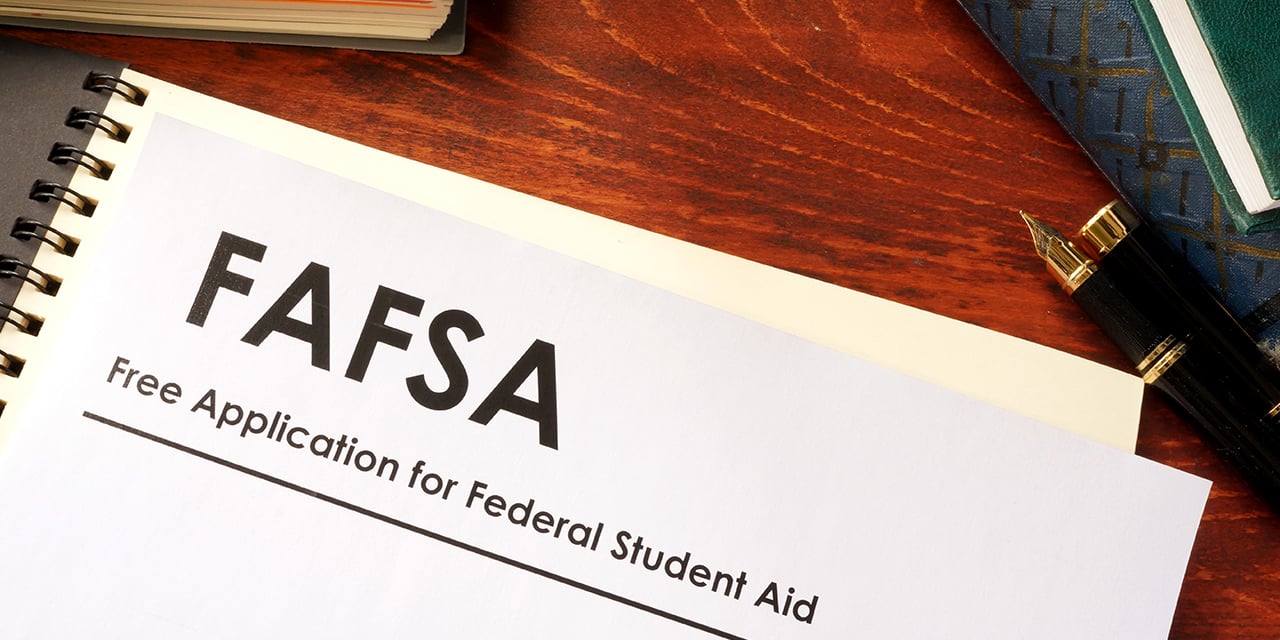
Five Ways To Use 529 Funds – Beyond the Tuition Bill
The earlier you start saving for college, the better. And oftentimes, that starts with parents or grandparents putting money away for a child’s education long before college tours commence. Since their inception in the mid-90s, 529 plans have been a popular way for families to do this – but what if you save all that money, and your child doesn’t end up going to college? Or what if your child finishes college and still has funds left over?
Luckily, you have options.
1. Consider Other College Expenses
Tuition payments are usually the first place 529 funds go – but the money can also be used on other education expenses that are considered qualified. From books and internet services to off-campus housing and food, there are many expenses that qualify for this, tax and penalties-free.
If you use 529 funds on these expenses, any withdrawals will need to be done in the same calendar year you pay the expenses in – so it’s important to keep track of which expenses are paid in full at the beginning of the school year, and which are paid for per semester. Remember to keep all transaction records, bills and receipts as well.
2. Consider Other Miscellaneous Expenses
If you’ve accounted for all qualified expenses, you can also use the money in a 529 account on nonqualified expenses. For example, the funds could be used to help the beneficiary with a large investment, such as buying a car or their first home. These expenses come with federal and state tax implications, but can still be helpful for a young person just getting their feet off the ground. Your Baird Financial Advisor can help you determine how this would impact your tax bill, and whether it would be an effective solution for your situation.
3. Pay Off Student Loans
If the beneficiary of the 529 account has student loans following graduation, you can now use up to $10,000 of 529 funds to pay down federal and private student loan debt. You can contribute towards both the loan’s principal and interest payments without tax penalties, but any interest paid for with 529 plan funds is not eligible for the student loan interest deduction. Because of this, it’s ideal to use 529 funds to pay off the principal of the loan before any interest accrues.
Another tip: You can use the funds in the beneficiary’s 529 account to pay down any siblings’ student loan debt as well, without having to change the beneficiary.
4. Transfer the Funds to a Family Member
Another unique advantage of 529 accounts is that their funds can be transferred to qualifying family members (those within the beneficiary’s immediate and extended family) without tax or penalty. Just keep in mind that if the new recipient is in a younger generation than the beneficiary, the funds may be considered a gift for tax purposes.
As you consider transferring these funds, remember that they are not limited to traditional four-year colleges – they can be used on other eligible postsecondary education paths, including trade and graduate school. Plus, families can use up to $10,000 of the funds per year on tuition for eligible K-12 schools.
5. Roll the Funds Into a Roth IRA
When the SECURE Act 2.0 was passed in 2022, it included a provision that allows 529 account owners to roll excess 529 funds into a Roth IRA. To do so, a few requirements must be met:
- The 529 account must have been opened for at least 15 years
- The beneficiary of the 529 account must also be the beneficiary of the Roth IRA
- The beneficiary’s earned income cannot be less than the rollover amount
In total, you can only transfer the account balance from five years prior to the rollover date (with a lifetime cap of $35,000). Annually, you can contribute up to the maximum contribution amount for Roth IRAs ($7,000 in 2025).
Since the 529 rollover method is relatively new, more guidance is expected from the IRS in the future. Stay connected with your Baird Financial Advisor to continue receiving the latest information to inform your strategies.
With a little planning, any excess funds in a 529 account won’t go to waste. For questions on your personal situation, contact your Baird Financial Advisor team.
Investors should consider the investment objectives, risks, charges and expenses associated with a 529 Plan before investing. This and other information is available in a Plan’s official statement. The official statement should be read carefully before investing.
Depending on your state of residence, there may be an in-state plan that provides tax and other benefits such as financial aid, scholarships and creditor protection that are not available through an out-of-state plan. Before investing in any state’s 529 plan, you should consult your tax advisor.
This information has been developed by a member of Baird Wealth Solutions Group, a team of wealth management specialists who provide support to Baird Financial Advisor teams. The information offered is provided to you for informational purposes only. Robert W. Baird & Co. Incorporated is not a legal or tax services provider and you are strongly encouraged to seek the advice of the appropriate professional advisors before taking any action. The information reflected on this page are Baird expert opinions today and are subject to change. The information provided here has not taken into consideration the investment goals or needs of any specific investor and investors should not make any investment decisions based solely on this information. Past performance is not a guarantee of future results. All investments have some level of risk, and investors have different time horizons, goals and risk tolerances, so speak to your Baird Financial Advisor before taking action.



